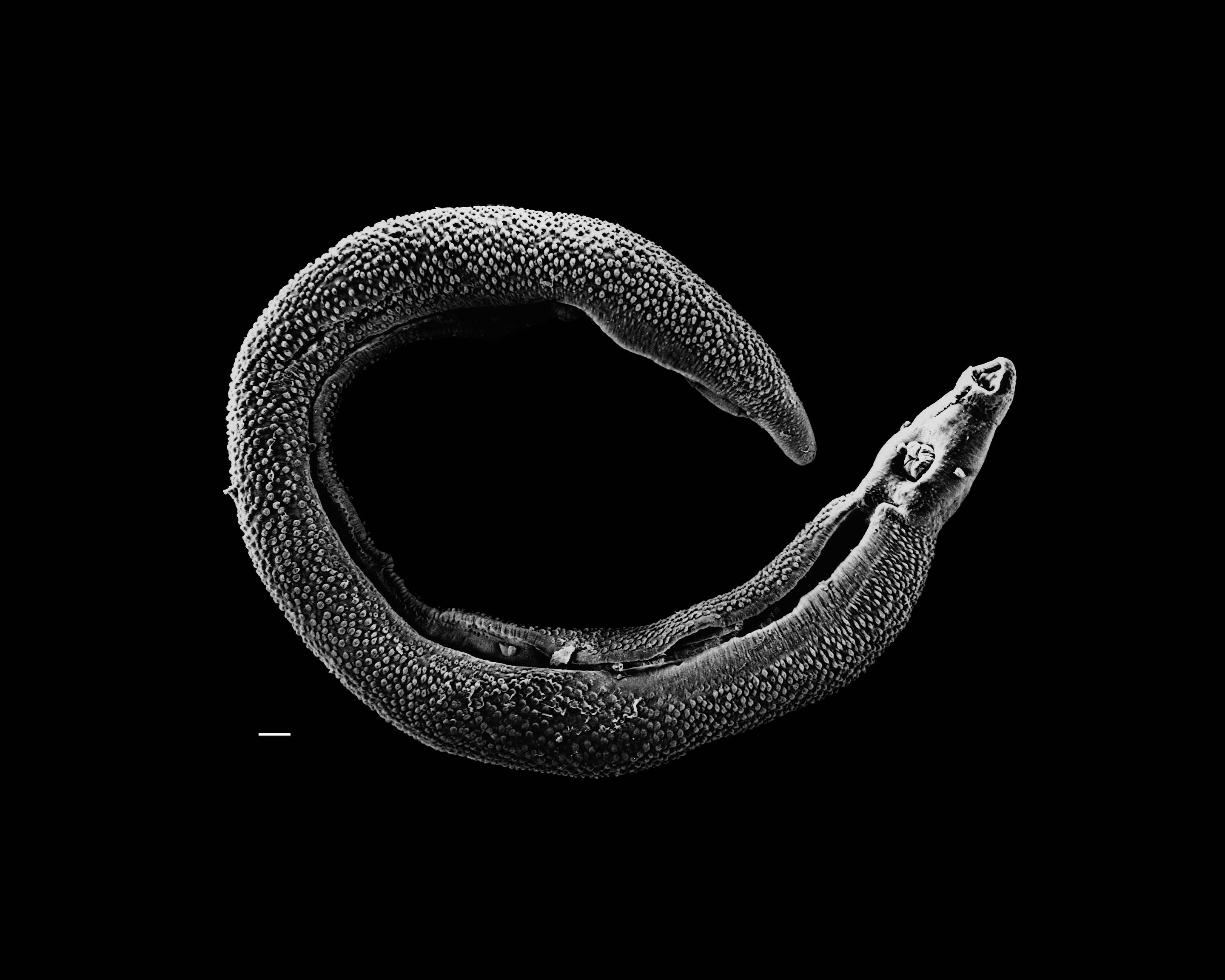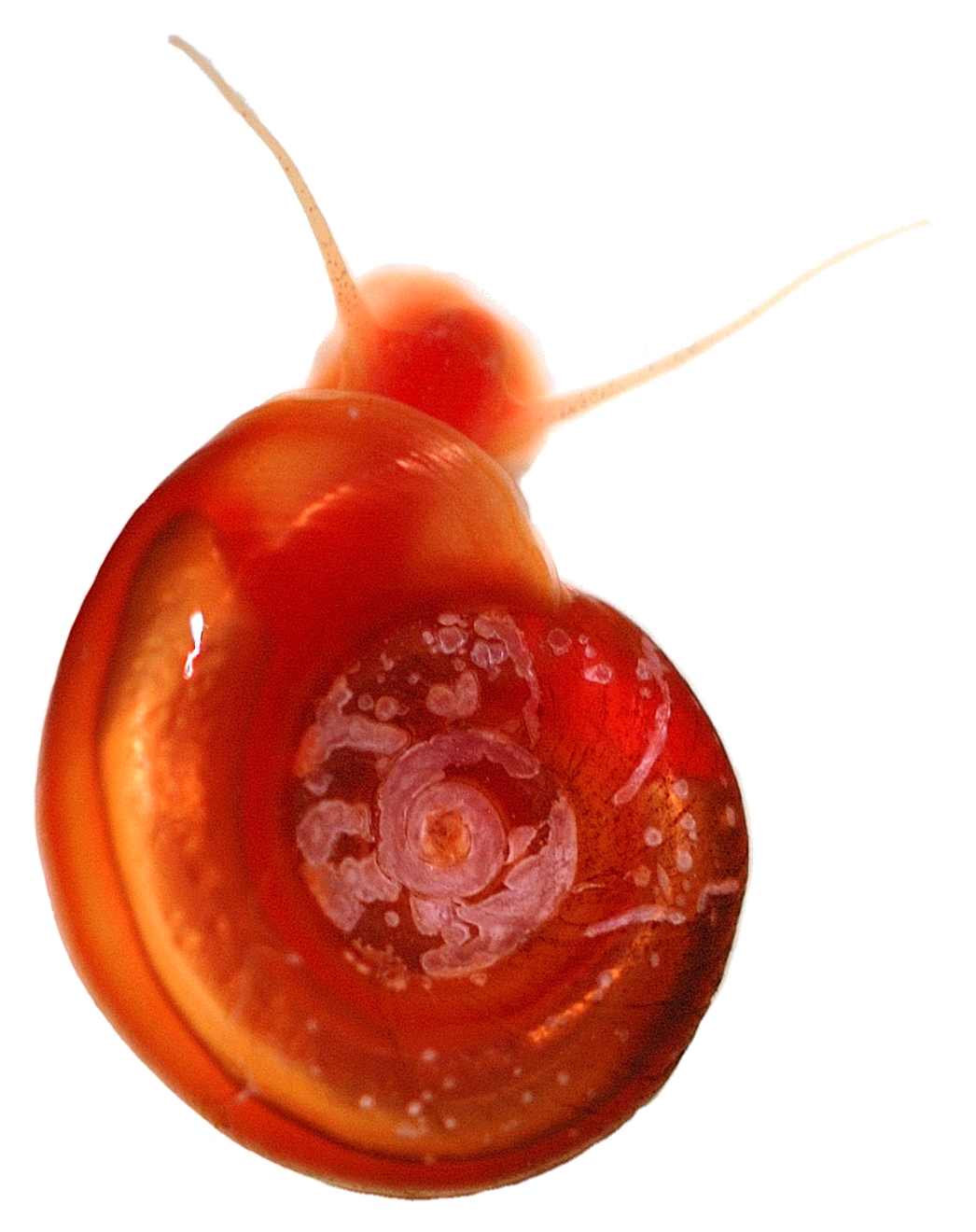Searching for an ecological solution
A dam that brought fresh water to a Senegalese town also brought increased rates of a disease called snail fever. Undergraduate Olivia Cords was part of team investigating a possible ecological solution.
For Stanford undergraduate Olivia Cords, it was the intersection of environmental science and disease that drew her to spend a summer working with postdoctoral scholar Susanne Sokolow in the lab of Giulio De Leo, a professor of biology and senior fellow at the Stanford Woods Institute for the Environment.

Undergraduate Olivia Cords. (Image credit: L.A. Cicero)
That team had been studying an increase in rates of schistosomiasis, or snail fever, in people living near the Diama Dam, which was constructed in 1986 along the Senegal River, in West Africa, as a source of freshwater for irrigation and other uses.
Schistosomiasis is caused by a worm that infects freshwater snails. The dam prevented the snail’s primary predator – a type of prawn – from reaching saltwater and completing its lifecycle. Without prawns, the snail population flourished along with the schistosomiasis-causing worm that it harbors.
Eventually, the team hopes to find an ecological solution for the disease, such as reintroducing prawns to control the snail population and, the team hopes, reduce rates of new schistosomiasis infections.

Electron micrograph of an adult male Schistosoma parasite worm. The bar (bottom left) represents a magnification of 500 μm. (Image credit: David Williams, Illinois State University)

Photo of an albino Biomphalaria glabrata with approximately 5 mm width of the shell. (Image credit: Fred A. Lewis, Yung-san Liang, Nithya Raghavan & Matty Knight, The NIH-NIAID Schistosomiasis Resource Center)
Cords specifically focused on finding whether there are other locations where schistosomiasis might have increased as a result of dam building. This work revealed both the highs and lows of carrying out research.
“I think you realize how attentive you have to be to details and how sometimes monotonous it is,” she said. “But finding something new is exciting.”
In addition to being exciting, a discovery could help some of the estimated 220 million people with schistosomiasis, primarily children, fishermen and other people who come into regular contact with water containing infected snails. Those people are at risk of developing diarrhea, anemia, liver or kidney damage, infertility and learning delays.
Drugs exist to treat schistosomiasis, but without eliminating the source of infection people remain at risk.
“What I really like is that it has the potential to have so many larger impacts,” Cords said. “I realize that is really important to me.”
Cords’ work was supported through the Mentoring Undergraduates in Interdisciplinary Research program run by the Stanford Woods Institute. Each year participants take a course in interdisciplinary research, then carry out research during the summer. She is currently pursing a co-terminal undergraduate and masters degree in Earth Systems.
“I hadn’t considered disease ecology before coming to Stanford,” Cords said. “Now it’s something that I think I want to do more with. This project gave me ideas about what I want to do next.”
